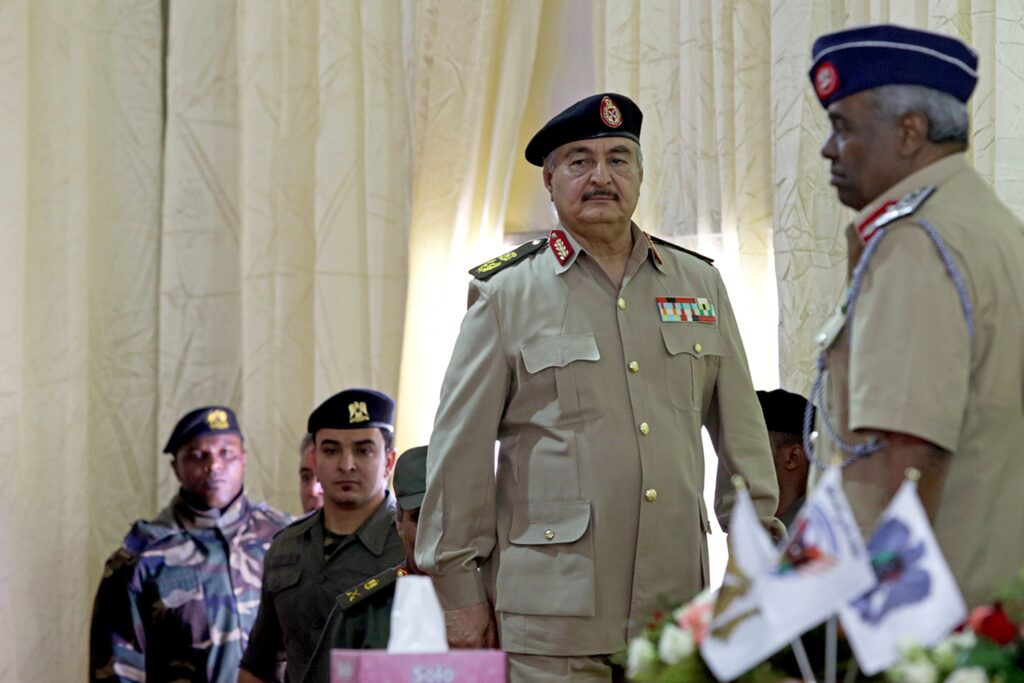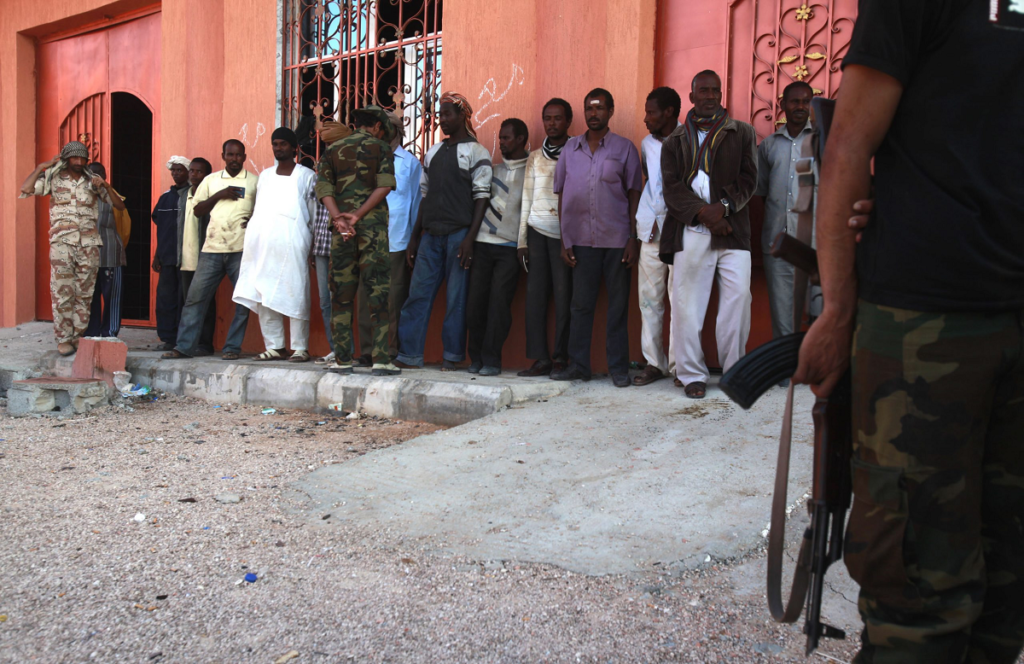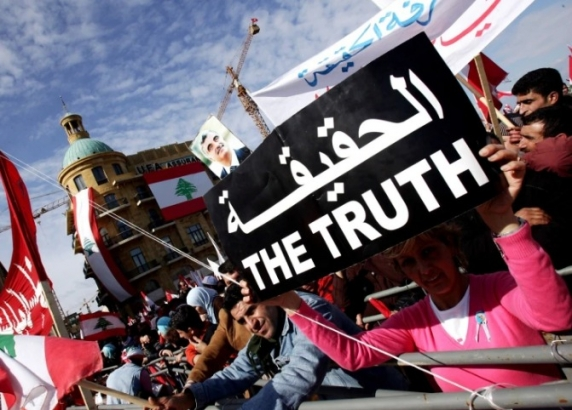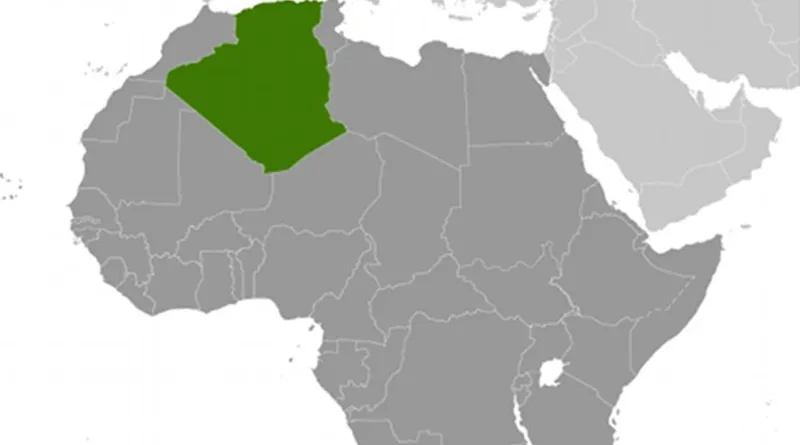Libyan ceasefire agreement faces hurdles due to foreign intervention
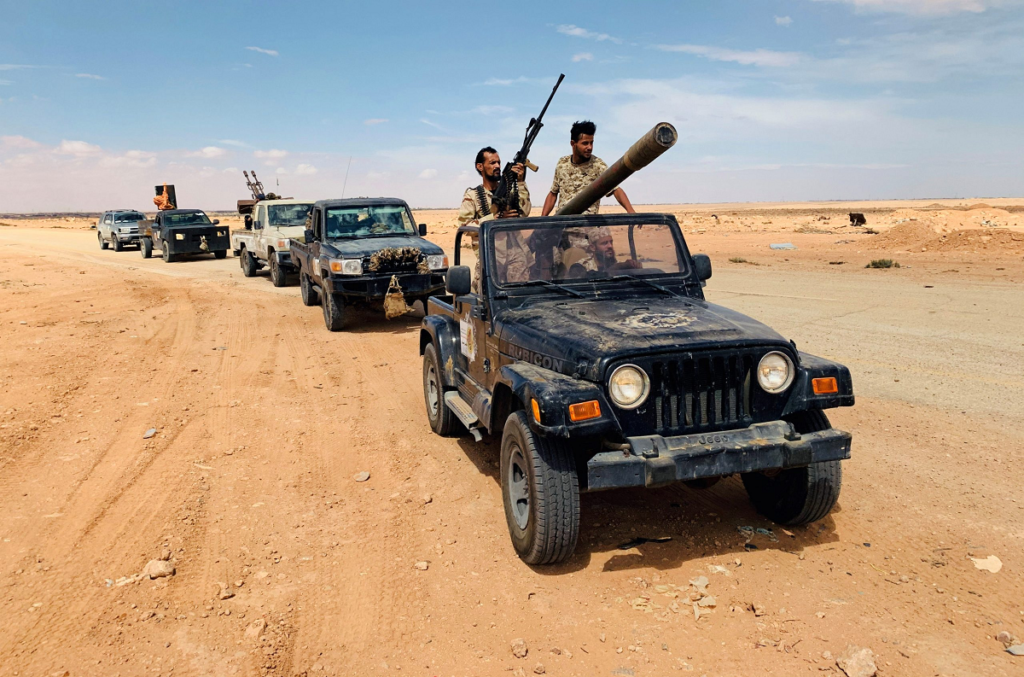
The signing of a permanent ceasefire agreement between Libya’s warring factions on October 23 was widely marketed as a watershed moment that would redress the country’s spiraling trajectory. Paving the way for the United Nations-hosted Libyan Political Dialogue Forum to relaunch on October 26, the agreement was also the building block for the first United Nations-mediated meeting inside Libya in years. On November 1, the Joint Military Commission (5+5)—military representatives of the Eastern-based Libyan Arab Armed Forces (LAAF) and the Government of National Accord, who are aligned with General Khalifa Haftar’s Libyan National Army (LNA)—met in the border town of Ghadames to discuss ways to solidify their bare-boned ceasefire agreement. Yet, the international exhilaration that accompanied the launch of these talks obfuscates the very real possibility of a relapse into violent conflict. There are legitimate doubts over the fealty of local and international stakeholders—such as Russia, Turkey and the United Arab Emirates—to the security track’s basic conditions. There is also the overhanging question as to whether the political and economic tracks complementing this very agreement are setting it up for failure by design.


